In a vote of 6-to-3, the Supreme Court has now made it much harder to challenge state redistricting plans as being unconstitutional in the racial gerrymandering case.
The redistricting map which was drawn up by the South Carolina legislature was seen by the lower court as a “bleaching of African American voters.”
South Carolina Congressional Districts

Following the 2020 Census, new lines were drawn for congressional districts in Republican-led South Carolina which were up for debate.
The disparity between voters in District 1 and District 6 was a difference of about 88,000 voters, with the latter being home to the state’s sole Black member of Congress.
Migration of Black Voters

The legislature caused an estimated 200,000 Black voters to be moved to new districts diluting the power of the voting block.
Additionally, Charleston County saw the city of Charleston being segmented from CD1 which was historically central to the district for 120 years.
Republican Denial
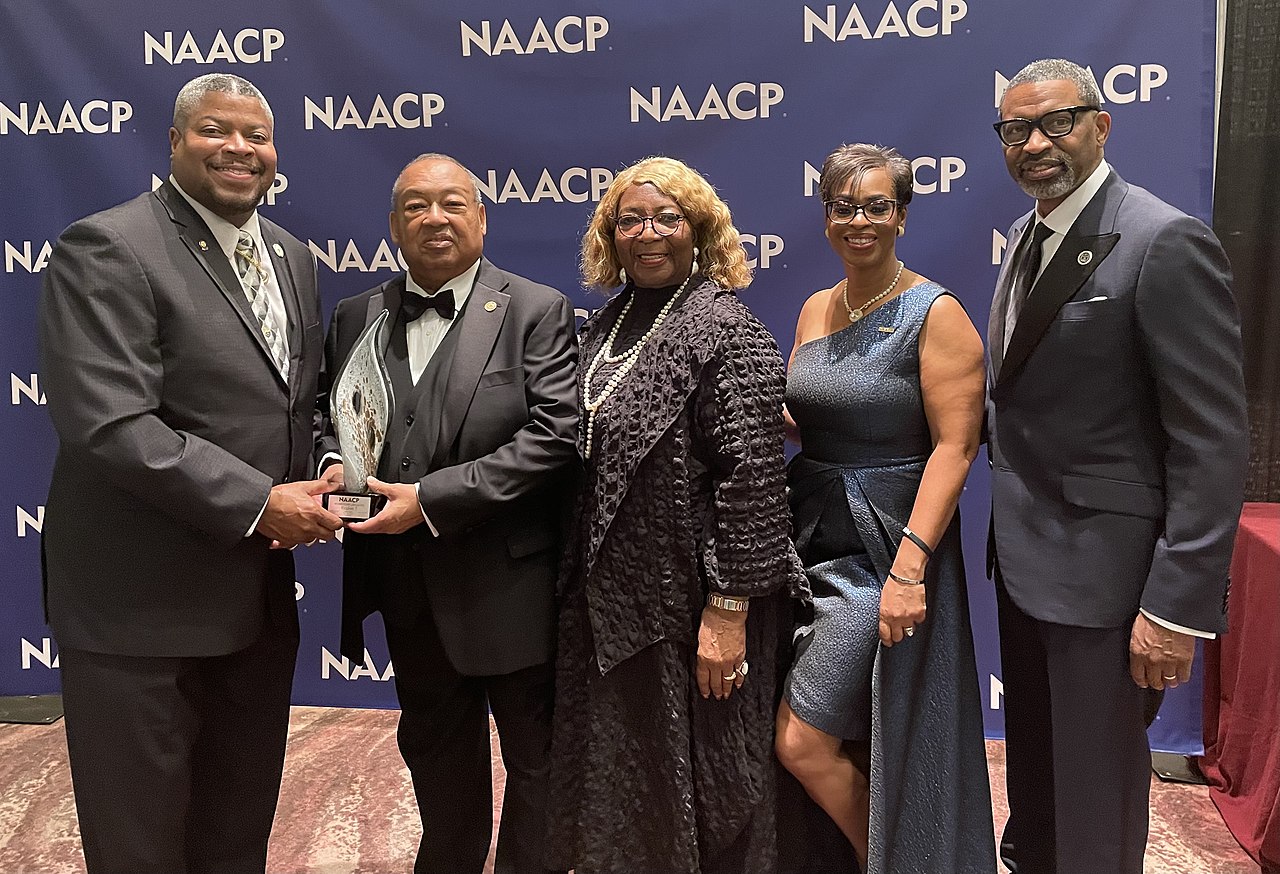
According to Republicans, they say the redrawing of district lines was not in an effort to exile Black voters but to create a safe district from a marginal one.
This was challenged by the South Carolina NAACP in court and was found to be unconstitutional racial gerrymandering in federal district court.
Supreme Court’s Surprise Decision
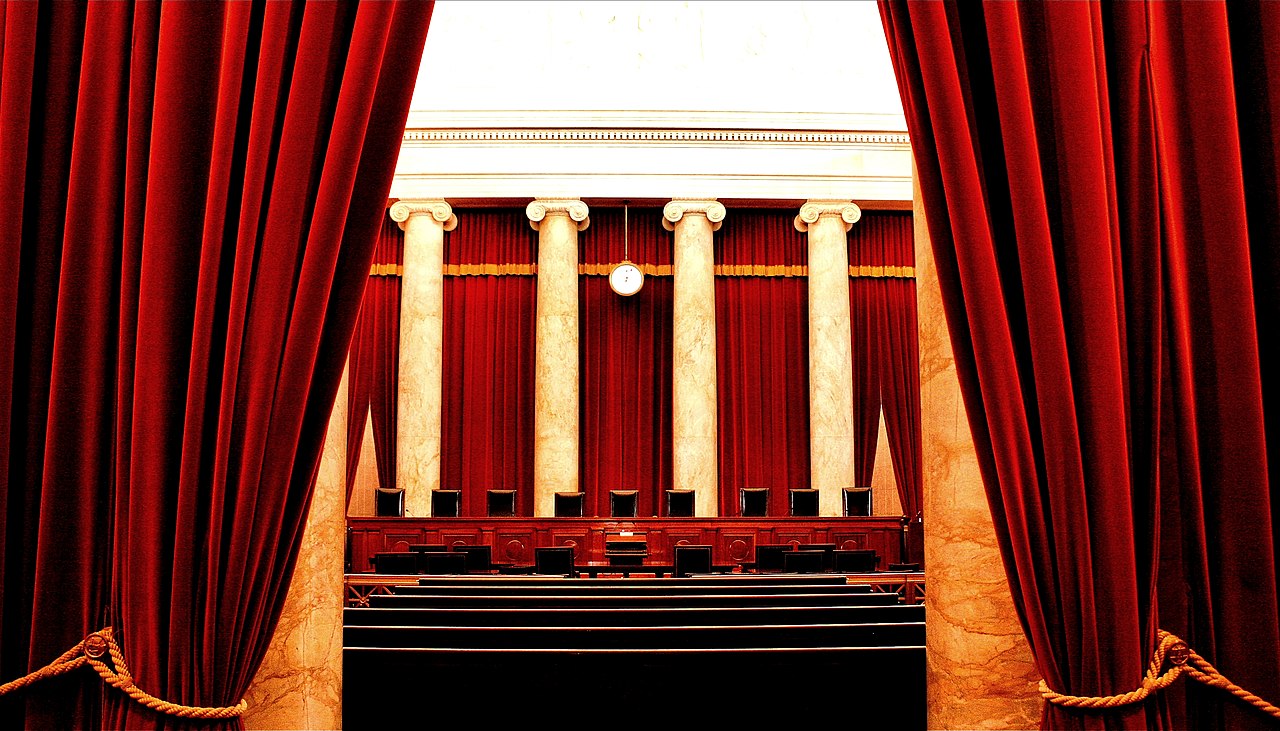
In its examination of the case, the Supreme Court did not simply overrule the lower court’s decision but claimed that the findings made by the court were “clearly erroneous.”
As a result of this, the court majority went on to re-evaluate their position and reached starkly different conclusions to that of the Supreme Court.
Partisan Lines Drawn

According to Justice Samuel Alito, the South Carolina map was a partisan gerrymander and not one that had a racial agenda which would be considered unconstitutional.
This new map according to Alito was only constructed to further the GOP’s political ambitions while critics claim his championing of this case is just another example of his targeting of the protections of minority voters.
Emblematic of Southern Politics
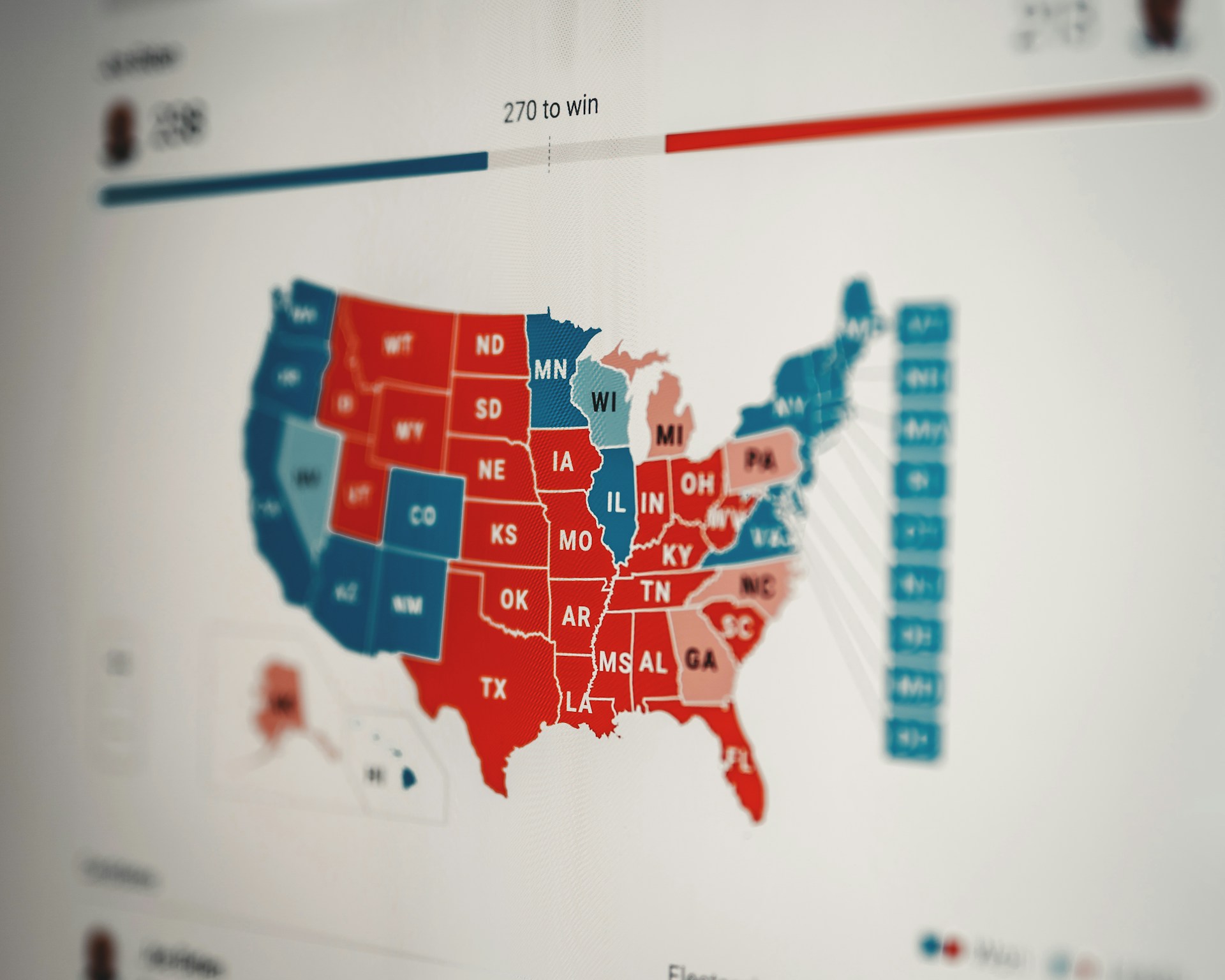
Experts in the field have claimed that this case is indicative of the wider context of Black and white voters who have polarizing views in the South.
Dating back to the 2019 court decision, partisan gerrymandering is legal, and racial gerrymandering is not allowed by the constitution though the lines between the two may be difficult to discern.
Limits on Racial Gerrymandering Cases

Seated from left are Justices Sonia Sotomayor, Clarence Thomas, Chief Justice John G. Roberts, Jr., and Justices Samuel A. Alito and Elena Kagan.
Standing from left are Justices Amy Coney Barrett, Neil M. Gorsuch, Brett M. Kavanaugh, and Ketanji Brown Jackson.
Credit: Fred Schilling, Collection of the Supreme Court of the United States
The conservative majority in the Supreme Court has now set out more limits as to how racial gerrymandering cases are tried.
It requires the assumption of good faith of legislatures and the bar for evidence from plaintiffs has been raised in order to appeal successfully.
Liberal Justices Rebuttal
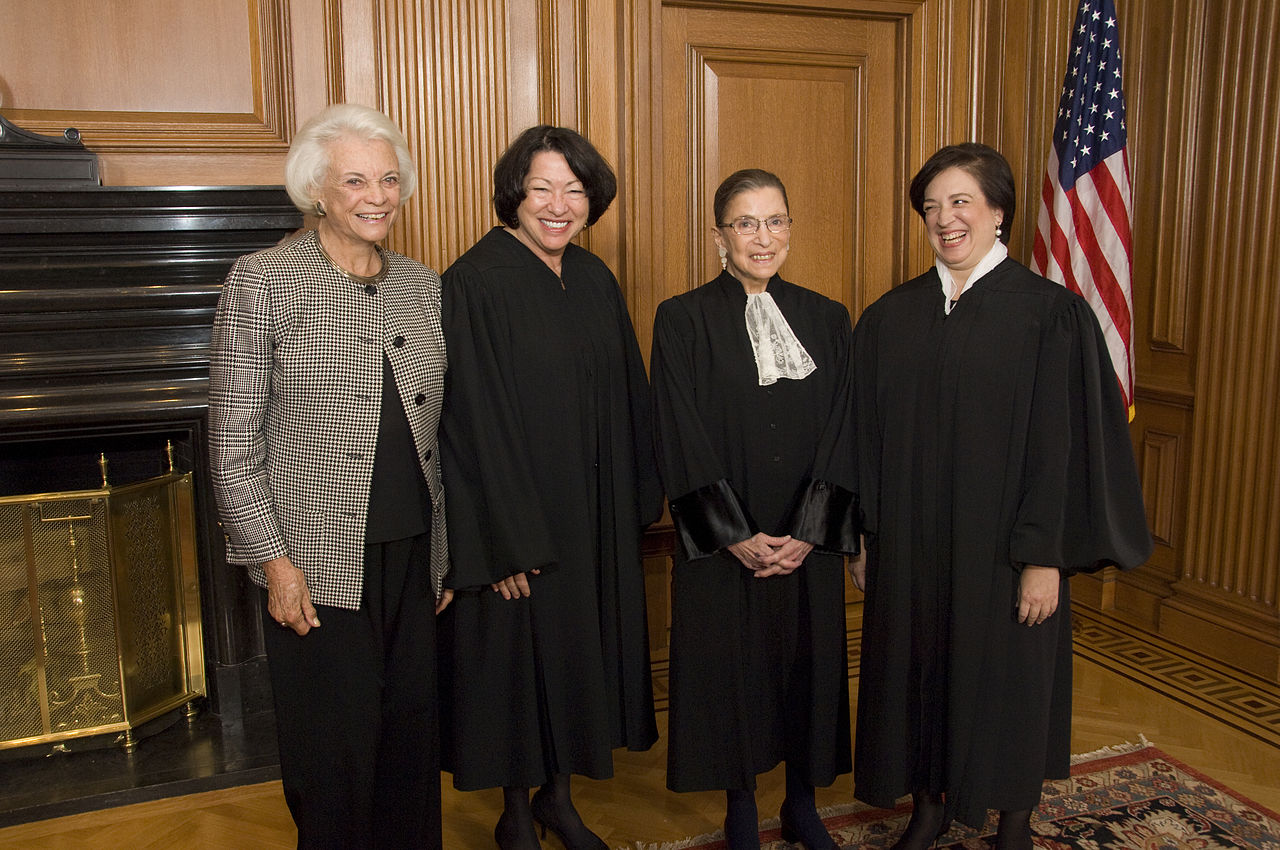
The court’s liberal justices were in opposition to the ruling and according to Justice Elena Kagan, the plaintiffs offered “extensive evidence” only to be denied a favorable ruling.
Kagan went on to say that the state was only able to offer “little more than strained and awkward denials” in response to the case presented before them.
Kagan’s Statement
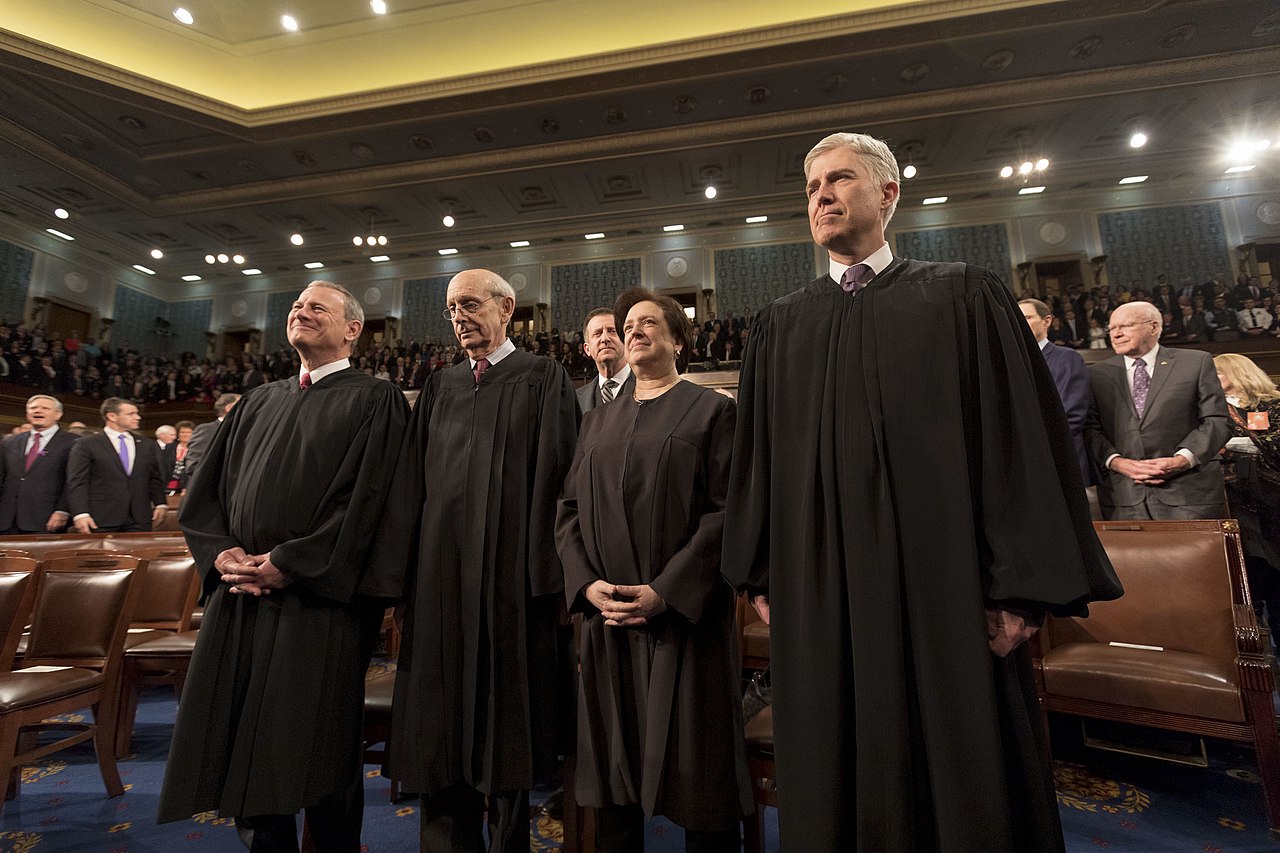
In a critique of the ruling Kagain went on to say “When racial classifications in voting are the issue, the majority says every doubt must be resolved in favor of the state.”
She went on to demand change in the court in terms of dismissing cases of racial discrimination which have long pervaded the political landscape.
Limitations of Immediate Effect

Due to the delay in the court’s ruling the immediate effect of the ruling will have its limitations as the contested map was already primed to be used for this year’s election.
The majority opinion found by the court will impact how South Carolina will be drawn up in years to come according to political experts.
Battlelines Being Drawn
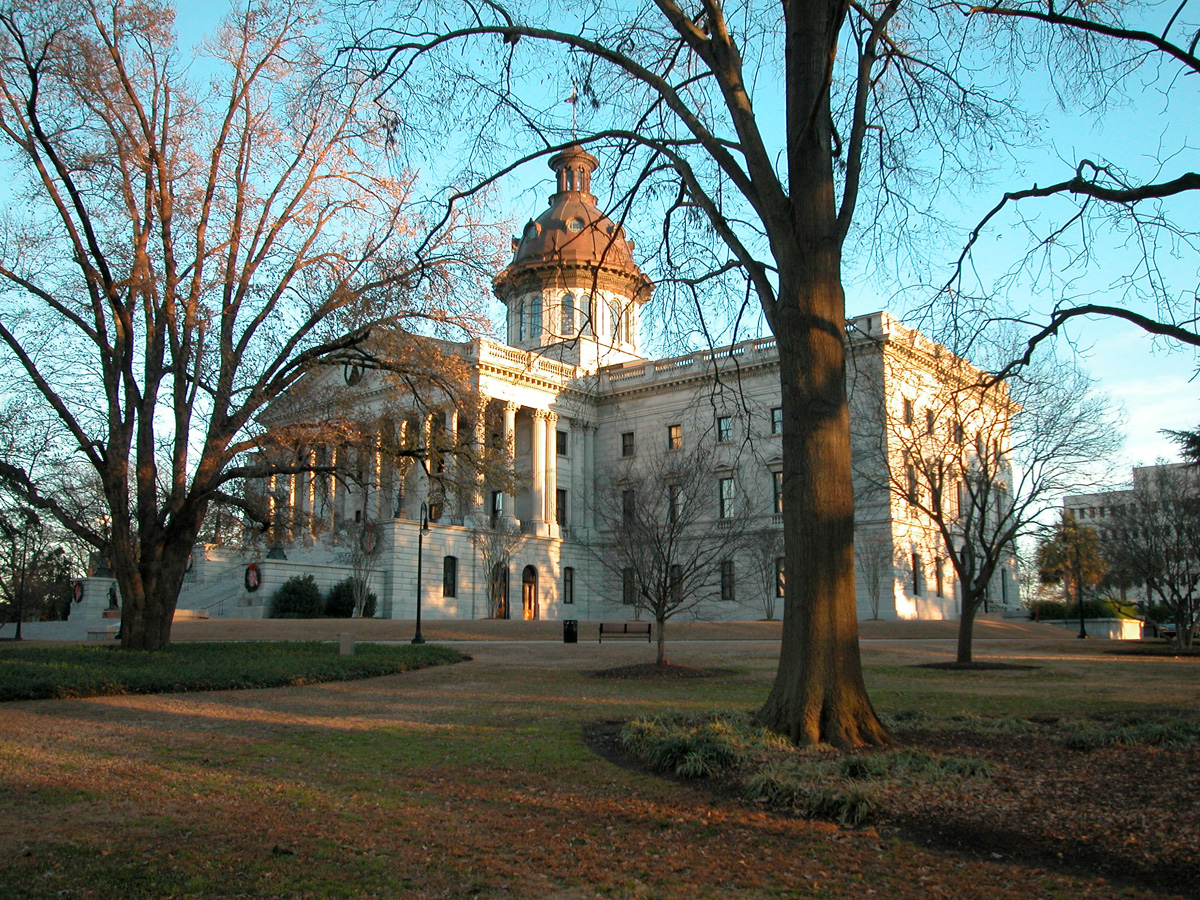
The district has been an important one in the battle between Republicans and Democrats despite the majority of elections favoring the former party.
However, in 2020 there was less than one percentage point that stood between the candidates up for election causing Republicans to reconsider how to best favor the district to their party.
The fraught debates about the line between partisan and racial gerrymandering are sure to be a hot topic issue in the coming years, particularly following the outcome of the 2024 elections.
